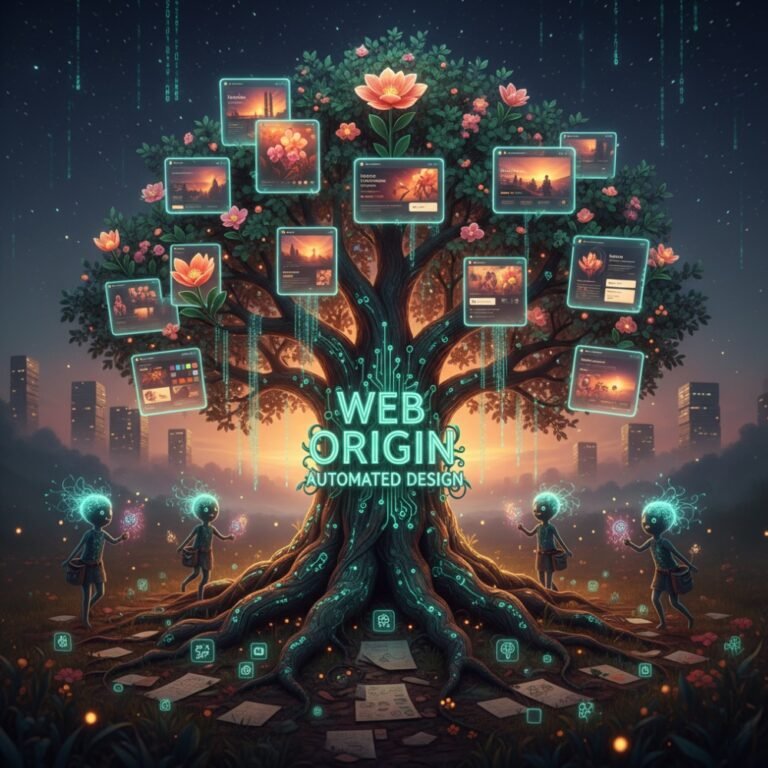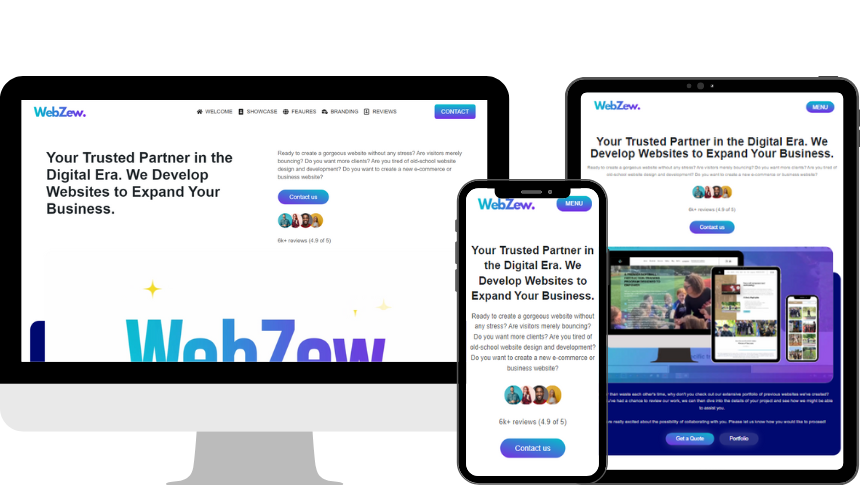What is No-Code? What is Low-Code?
No-code platforms enable users to build applications, websites, or workflows entirely through visual interfaces, such as drag-and-drop tools, without writing any code. This democratises development, allowing non-technical individuals to create functional digital products quickly.
Low-code platforms facilitate development with minimal coding required. They provide visual builders and pre-built components, but permit the insertion of custom code snippets for advanced functionality. This approach bridges the gap between traditional coding and no-code simplicity, targeting users with some technical knowledge.
Why this debate matters for the future of web development
The no-code versus low-code debate is pivotal as it reshapes web development by accelerating innovation, reducing costs, and addressing the global shortage of skilled developers. By 2025, these paradigms are projected to power a significant portion of new applications, enabling faster market entry for businesses. As website creation evolves with AI and automation, understanding which approach dominates could determine accessibility for small businesses versus scalability for large organisations, ultimately influencing how digital experiences are built and maintained by 2027.
Understanding No-Code Platforms
Core concept: building without writing a single line of code
No-code platforms revolve around intuitive, visual environments where users assemble elements like layouts, forms, and logic via graphical interfaces. This eliminates the need for programming languages, focusing instead on configuration and customisation through point-and-click actions.
Popular no-code tools
Key players in 2025 include Wix for versatile e-commerce sites, Webflow for advanced design control with responsive layouts, Squarespace for aesthetically focused portfolios, Bubble for complex web apps with database integration, and Glide for mobile-first apps from spreadsheets. Framer has also gained traction for interactive prototypes.
Features: drag-and-drop builders, templates, automation, integrations
These platforms offer pre-designed templates for rapid starts, drag-and-drop editors for layout manipulation, built-in automation for workflows (e.g., email triggers), and seamless integrations with tools like Google Workspace or Stripe. Hosting, SEO optimisation, and analytics are often included natively.
Advantages of no-code for businesses & individuals
No-code empowers rapid prototyping, significantly reducing development time and costs, ideal for startups and solopreneurs. It fosters innovation without hiring developers, enables non-experts to iterate quickly, and supports quick pivots in response to market needs, delivering high ROI.
Limitations (scalability, customisation, vendor lock-in)
Challenges include limited scalability for high-traffic sites, restricted customisation beyond templates, and vendor lock-in, where migrating data or features to another platform is difficult and costly. Performance can degrade with complex logic, and advanced security may require add-ons.
Understanding Low-Code Platforms
Core concept: minimal coding, mostly visual building with optional coding
Low-code emphasises visual development with reusable components, but allows pro-code extensions for bespoke needs. It suits hybrid workflows where visual tools handle most of the work, and code addresses the rest.
Popular low-code tools
In 2025, leading options are OutSystems for enterprise-scale apps, Mendix for collaborative development, Zoho Creator for CRM integrations, and Retool for internal tools. Others include Microsoft Power Apps, Appian, Salesforce Platform, and ServiceNow for workflow automation.
Features: pre-built components + custom code snippets
Core elements include modular components (e.g., UI kits, APIs), visual workflow designers, and code editors for JavaScript or SQL snippets. They support version control, testing environments, and deployment to cloud or on-premise systems.
Advantages for developers & enterprises
Low-code accelerates development while maintaining flexibility for complex integrations, making it suitable for enterprises handling legacy systems. It empowers developers to focus on high-value tasks, ensures compliance with standards like GDPR, and scales to millions of users.
Limitations (learning curve, partial dependency on coding)
A steeper learning curve exists for non-developers, and reliance on code for edge cases can introduce bugs or maintenance overhead. Partial vendor dependency may limit full no-code simplicity, and initial setup costs can be higher.
No-Code vs Low-Code: Key Differences
Target users (non-technical users vs developers)
No-code targets non-technical users like marketers or entrepreneurs, enabling self-service creation. Low-code appeals to developers and IT teams, blending visual ease with coding expertise for professional outputs.
Customisation levels
No-code offers template-based tweaks with limited depth, while low-code provides extensive customisation through code, supporting unique features like custom algorithms.
Scalability and flexibility
Low-code excels in scalability for enterprise volumes and flexibility in handling dynamic requirements, whereas no-code suits smaller projects but may falter under heavy loads or frequent changes.
Cost efficiency
No-code is more cost-effective upfront for simple sites (e.g., £10-50/month), reducing developer hires. Low-code, though pricier initially (£100+/month), yields long-term savings via faster iterations and lower maintenance in complex scenarios.
Speed of development
Both hasten processes, but no-code achieves faster builds for basics, while low-code balances speed with robustness, ideal for iterative enterprise projects.
Security and compliance
Low-code platforms often include robust security (e.g., role-based access, encryption) and compliance tools for regulated industries. No-code provides basics but may require third-party add-ons, posing risks for sensitive data.
Current Market Trends
Growth of no-code platforms in startups & small businesses
No-code adoption in startups has surged, enabling faster launches and broad accessibility for small businesses. Platforms like Bubble and Webflow dominate for quick MVPs.
Rise of low-code adoption in enterprises
Enterprises favour low-code, with a significant share of new apps using it by 2025. Tools like OutSystems drive this for legacy modernisation and automation.
Investment trends (VC funding in no-code/low-code startups)
VC funding is robust, with the no-code and low-code markets attracting significant investment. Niche startups in AI-integrated no-code see heightened interest, reducing traditional funding needs.
Market statistics: revenue and growth forecasts
The combined low-code/no-code market is growing rapidly, with forecasts predicting substantial market size by 2027. No-code AI subsets are also expanding significantly.
Future Predictions (to 2027)
AI-powered no-code/low-code platforms
By 2027, AI will embed deeply, automating design, code generation, and optimisation—e.g., natural language prompts building sites. This will enhance platforms like Bubble for predictive features.
Fusion of no-code and low-code into “smart-code” platforms
A hybrid “smart-code” model will emerge, where AI intelligently switches between visual and code modes, blending no-code simplicity with low-code power for seamless scalability.
Will coding become obsolete?
Coding will not become obsolete; AI will automate routine tasks, but human oversight remains essential for complex logic, ethics, and innovation. By 2027, low-code/no-code will handle a significant portion of apps, but traditional coding persists for specialised needs.
Role of developers in 2027: AI supervisors, integrators, and problem-solvers
Developers will shift to supervising AI outputs, integrating systems, and solving edge cases, focusing on strategy over syntax. This evolution demands upskilling in AI tools.
The possibility of a single dominant approach or coexistence
Coexistence is likely, with no-code dominating simple website creation for SMEs and low-code leading enterprises for complex, scalable sites. A unified ecosystem may prevail, but neither will fully supplant the other by 2027.








